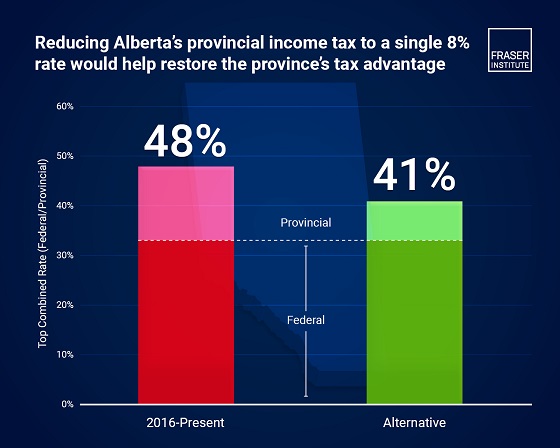Business
Bureaucracy balloons while less than 50 per cent of government performance targets are consistently met
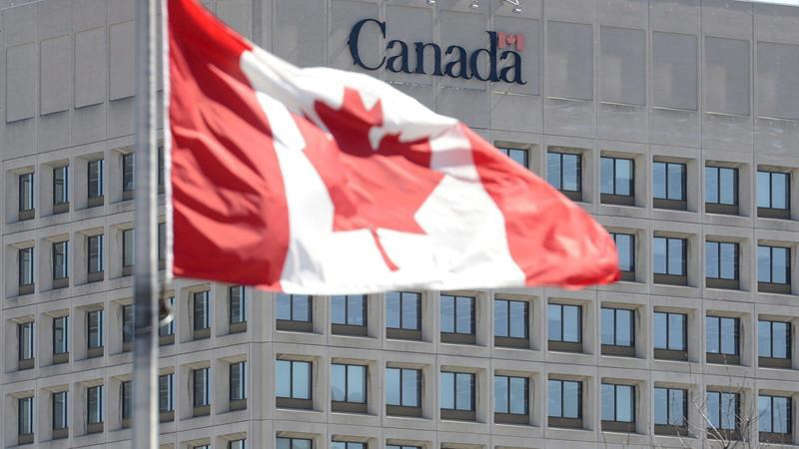
The federal government added 98,986 employees since 2016, bringing the number of federal bureaucrats to 357,965, according to data from the Treasury Board of Canada Secretariat.
“The last thing Canadians need is a bloated government full of highly paid paper pushers,” said Franco Terrazzano, CTF Federal Director. “If politicians want to provide tax relief and start paying down the federal debt, they need to shrink government bureaucracy.”
The federal government reduced its payroll by 9,807 employees over the last year. However, the federal government still has 98,986 more employees than it did in 2016 – a 38 per cent increase.
The average annual compensation for full-time federal bureaucrats is $125,300, when pay, pension, and other perks are accounted for, according to the Parliamentary Budget Officer.
Taxpayers would save about $7 billion annually had the federal bureaucracy grew in line with population growth over the last 10 years.
There are seven federal departments and agencies that have more than doubled their number of employees since 2016, including:
- Infrastructure Canada (375 per cent)
- Women and Gender Equality Canada (334 per cent)
- RCMP External Review Committee (229 per cent)
- Elections Canada (173 per cent)
- Immigration and Refugee Board of Canada (158 per cent)
- Financial Consumer Agency of Canada (154 per cent)
- Impact Assessment Agency of Canada (127 per cent)
Employment and Social Development Canada added the greatest number of employees since 2016. The department added 16,842 employees since 2016 – a 75 per cent increase.
The Canada Revenue Agency added the second greatest number of employees over the decade. The CRA added 13,015 employees since 2016 – a 33 per cent increase.
“It’s good to see the bureaucracy shrinking a little bit, but it’s still too bloated and too expensive,” Terrazzano said.
It isn’t just the size of the federal bureaucracy that’s ballooning – the cost is too.
The PBO estimates the federal bureaucracy cost taxpayers $69.5 billion in 2023-24. In 2016-17, the cost of the bureaucracy was $40.2 billion. That’s an increase of 72.9 per cent.
The federal government handed out more than one million pay raises between 2020 and 2023, according to government records obtained by the CTF. The federal government also rubberstamped more than $1.5 billion in bonuses for bureaucrats since 2015.
Given the rash of bonuses and pay raises, on top of new hires, Canadians might wonder: how well are things running in Ottawa?
Less than 50 per cent of the government’s own performance targets are consistently met by federal departments within each year, according to a March 2023 report from the PBO.
“We are also committed to capping, not cutting, public service employment,” according to the Liberal Party’s 2025 election platform.
“Prime Minister Mark Carney’s promise to cap the bureaucracy doesn’t go nearly far enough and just entrenches the Trudeau government’s costly bureaucrat hiring spree,” Terrazzano said. “Taxpayers need politicians to cut the bloated bureaucracy and make pay and perks more affordable.”
Business
Removing barriers to trade between Alberta and the rest of Canada could grow our economy by $72.1 billion, says the MEI
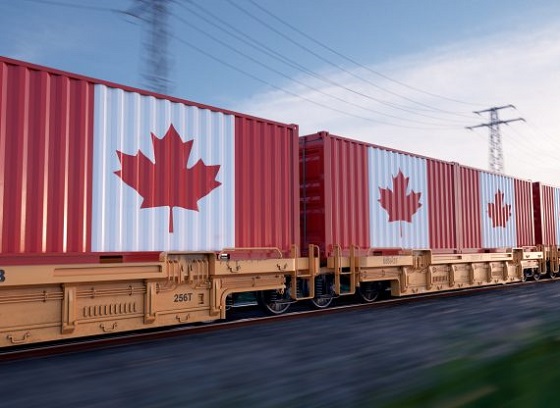
If Alberta were to adopt a mutual recognition act with the rest of the country, similar to Nova Scotia’s, Canada’s economy would stand to grow significantly, according to a new Economic Note published by the Montreal Economic Institute.
“The growing momentum to eliminate internal barriers to trade in Canada is promising,” says the publication’s author, Trevor Tombe, professor of economics at the University of Calgary and senior fellow at the MEI. “If Alberta were to join the growing interprovincial free trade zone started by Nova Scotia, both it and Canada would be much more prosperous.”
Different regulations, certifications and testing requirements between provinces add costs, complexity and frustration to the process of selling goods and services across provincial boundaries. These many rules are commonly referred to as “interprovincial trade barriers.” Following U.S. President Donald Trump’s tariff threats, governments across Canada have identified the reduction of these barriers as a way to make the country’s economy more resilient.
Nova Scotia Premier Tim Houston was the first to recommend a model of mutual recognition of standards (without further testing or fees) and accelerated licensure of professional credentials with provinces that reciprocate. This would essentially render moot the vast majority of barriers
to interprovincial trade with provinces that adopt similar legislation. On March 26, 2025, Nova Scotia’s Free Trade and Mobility Within Canada Act received royal assent, becoming law in the province.
“The main benefit of mutual recognition policies is that they bypass the regulatory gridlock that has long plagued interprovincial trade discussions,” said Dr. Tombe. “It’s a trade first, harmonize later approach that allows Canadian consumers and businesses to begin to reap the benefits of these agreements without delay.”
Since then, Premiers Doug Ford and Rob Lantz, of Ontario and Prince Edward Island respectively, have tabled similar bills in their provinces.
So far, the Acts adopted and mutual recognition agreements signed are leading the way to internal free trade zones with the potential to boost the country’s economy substantially. The gains from free trade between Ontario and Nova Scotia alone, for example, could boost the Canadian economy by nearly $4.1 billion.
If Alberta were to adopt a similar bill to those of Nova Scotia, Ontario and Prince Edward Island, or sign mutual recognition agreements with all Canadian provinces, the country’s economy could grow by an estimated $72.1 billion.
Of particular interest, the signing of an agreement between Alberta and British Columbia alone would boost Canada’s GDP by an estimated $25.7 billion.
“Premier Danielle Smith should follow Nova Scotia Premier Tim Houston’s approach and adopt mutual recognition laws with the rest of the country,” said Dr. Tombe. “It’s one of the surest and lowest-cost ways for provincial governments to unleash Canadian productivity growth.”
* * *
The MEI is an independent public policy think tank with offices in Montreal, Ottawa, and Calgary. Through its publications, media appearances, and advisory services to policymakers, the MEI stimulates public policy debate and reforms based on sound economics and entrepreneurship.
Business
Governments must work to improve Canadian living standards despite recent good news

From the Fraser Institute
By Jake Fuss and Grady Munro
For years, Canadians have experienced a decline in living standards. According to new data from Statistics Canada, living standards may finally be headed back in the right direction, but there’s still much work to be done.
The new numbers show that inflation-adjusted gross domestic product (GDP)—the final value of all goods and services produced in the economy—grew by 0.5 per cent during the first three months of 2025. During that same period, population growth slowed considerably to just 0.2 per cent. For perspective, the average quarterly population growth last year was three times this rate at 0.6 per cent. As a result, inflation-adjusted per-person GDP—a broad measure of individual living standards—grew by 0.4 per cent to reach $59,146 at the end of March 2025.
This is a good sign as it marks the first time living standards have improved for two consecutive quarters (per-person GDP grew 0.1 per cent to end 2024) since the first half of 2022, but we must temper our optimism. Economic growth remains relatively weak compared to historical numbers. And a per-person GDP of $59,146 is still 2.6 per cent below the mid-2022 level ($60,718). For comparison, per-person GDP in the United States after the first three months of 2025 is 4.9 per cent higher than in mid-2022.
Simply put, Canadian living standards remain well below levels they’ve been in past years and growth has fallen well behind growth south of the border, meaning governments across Canada must take steps to promote economic growth.
Recently, there has been a push in Canada to eliminate interprovincial trade barriers, which inhibit the free flow of goods and services between provinces and act as a drag on the economy. Several provinces have already taken steps towards this end, and the federal government has committed to eliminate all federally-imposed trade barriers by Canada Day. These efforts are long overdue, and should be joined by all governments across the country.
Governments should also get their finances in order and finally stop adding to the mountain of debt. In 2025/26, nine out of 10 provinces (except Saskatchewan) and the federal government plan to run budget deficits—meaning they will spend more money than they collect in revenues and thus must borrow additional funds. Consequently, government debt will continue to rise.
Rising government debt acts as a drag on the economy. Indeed, research suggests that when combined federal and provincial government debt exceeds the entire size of the economy (as it did in seven out of 10 provinces in 2022) additional debt offers little benefit to economic growth, and instead inhibits growth in the economy. As such, governments across the country must lower spending to balance their budgets and chip away at this mountain of debt.
Finally, governments should also pursue comprehensive tax reforms to lower the tax burden and make Canada more attractive to professionals, businessowners and entrepreneurs, while also improving the economic incentives to work, save and invest. Without meaningful reform, Canada’s tax system will continue to inhibit economic growth and, consequently, living standards.
New economic data suggest that Canadian living standards have improved in recent months, but we must temper our optimism. Governments across the country should pursue meaningful policy reforms to help grow the economy and improve prosperity.
-

 Economy17 hours ago
Economy17 hours agoCanada Treats Energy As A Liability. The World Sees It As Power
-
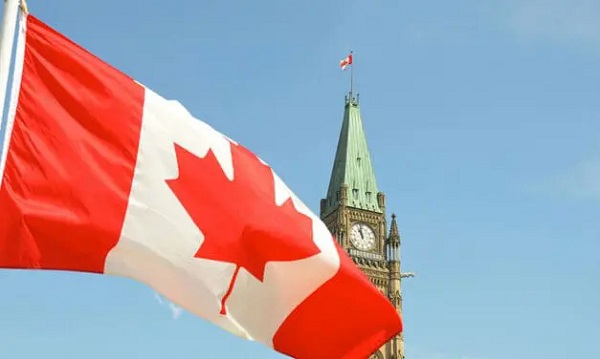
 Indigenous18 hours ago
Indigenous18 hours agoCarney’s Throne Speech lacked moral leadership
-
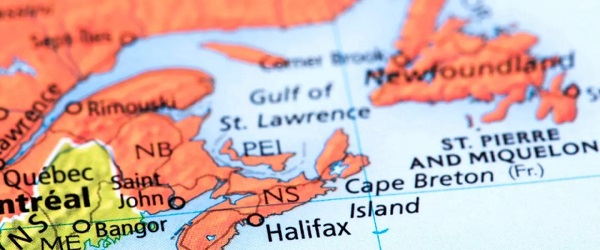
 Fraser Institute17 hours ago
Fraser Institute17 hours agoAtlantic provinces should focus on growth—despite Carney’s transfer policies
-

 Break The Needle2 days ago
Break The Needle2 days agoB.C. doubles down on involuntary care despite underinvestment
-

 conflict12 hours ago
conflict12 hours ago“Will Be in History Books”: Zelensky Hails Long-Range Drone Strike That Hit Dozens of Russian Bombers
-

 Addictions3 hours ago
Addictions3 hours agoSaskatchewan launches small fleet of wellness buses to expand addictions care
-

 Crime11 hours ago
Crime11 hours agoTerror in Boulder: Woman set on fire during pro-Israel hostage walk
-

 conflict2 days ago
conflict2 days agoBeijing ‘Imminent’ Threat to Taiwan: U.S. Defense Secretary Issues Stark Warning




